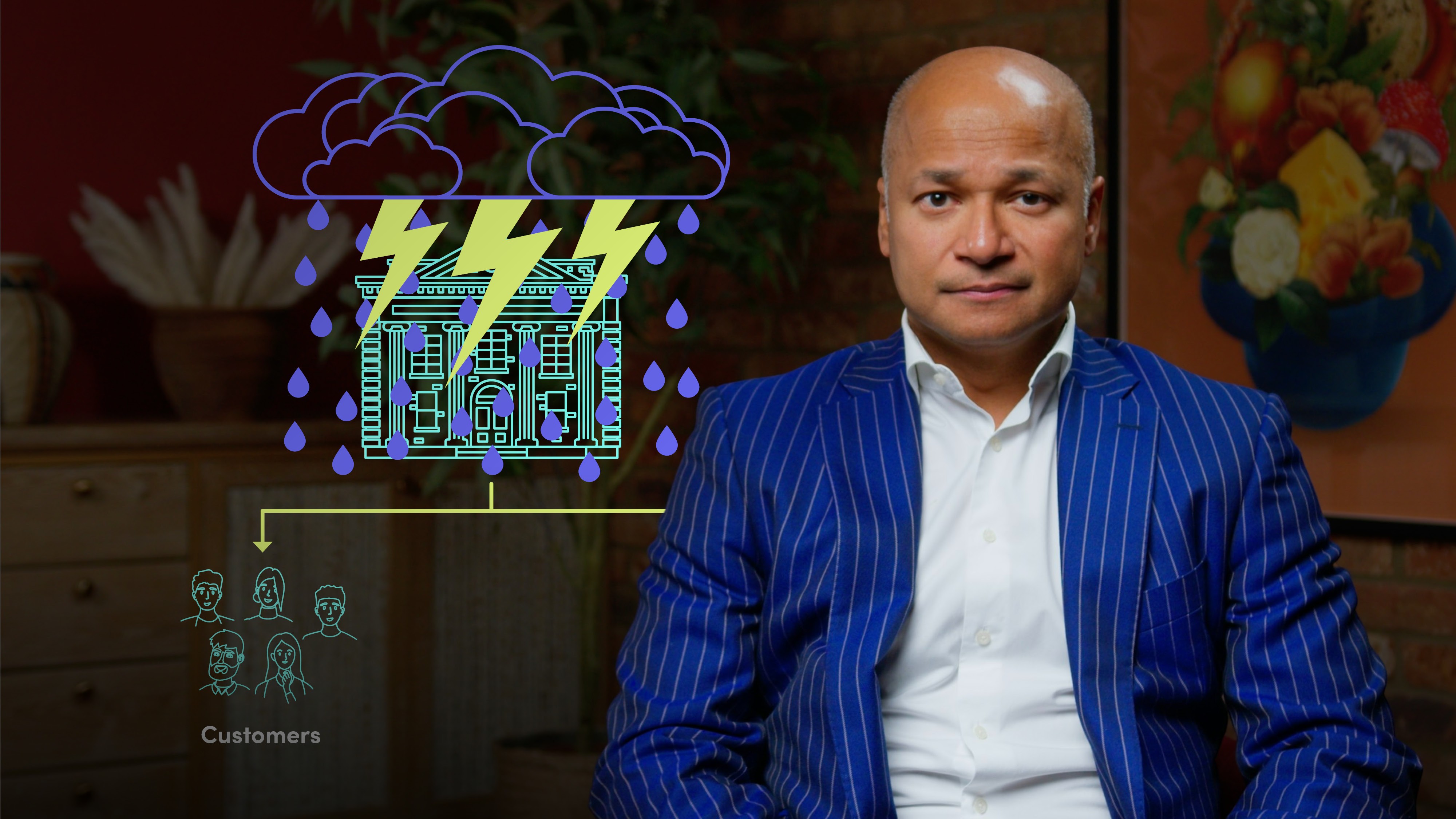
Bank Climate Risk Management I

Moorad Choudhry
35 years: Banking and Capital Markets
In this video, Moorad delves into the vital realm of climate change risk management for banks. He explores why it's crucial, the various types of climate risks, worldwide regulatory demands and guidance, and how banks can effectively implement climate risk management. From regulatory compliance and market expectations to seizing business opportunities, this video provides a succinct overview of why and how banks must address climate change risks in their operations.
In this video, Moorad delves into the vital realm of climate change risk management for banks. He explores why it's crucial, the various types of climate risks, worldwide regulatory demands and guidance, and how banks can effectively implement climate risk management. From regulatory compliance and market expectations to seizing business opportunities, this video provides a succinct overview of why and how banks must address climate change risks in their operations.
Subscribe to watch
Access this and all of the content on our platform by signing up for a 7-day free trial.

Bank Climate Risk Management I
7 mins 32 secs
Key learning objectives:
Understand why banks need to manage climate change risk
Outline the types of climate change risks
Outline various regulatory requirements and guidance from around the world
Understand how to implement climate change risk management
Overview:
Understanding climate change risk management is now essential for banks due to regulatory compliance, market expectations, and business opportunities. Not only have regulatory bodies like the Basel Committee for Banking Supervision offered guidance, but stakeholders also expect banks to be proactive. Climate risks cover several areas, including physical risks like environmental impacts, transition risks due to a shift towards a low-carbon economy, and firm-specific reputation and balance sheet risks. Regulatory requirements from different authorities need adherence, with various guidelines being issued globally. Implementing climate change risk management involves understanding the external environment, formulating Board-level policies, meeting reporting and disclosure requirements, evaluating policy effects on Risk Management Frameworks, and integrating the revised framework into usual risk management processes. This holistic approach to climate risk offers a path to sustainable banking.
Subscribe to watch
Access this and all of the content on our platform by signing up for a 7-day free trial.
Subscribe to watch
Access this and all of the content on our platform by signing up for a 7-day free trial.

Moorad Choudhry
There are no available Videos from "Moorad Choudhry"





























